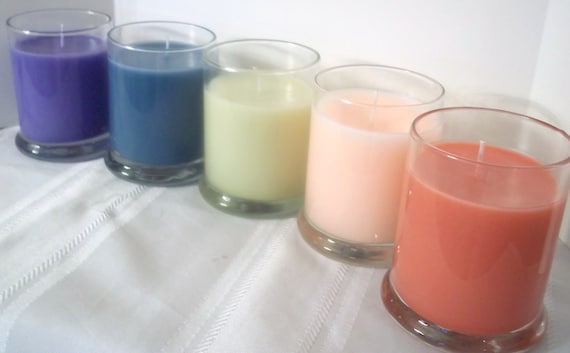So I had a V-8 moment last week when I came across an idea on how to combine all three.
Add your electronic newsletters to your blog.
Like I said - a V-8 moment. You know, the way you slap yourself on the forehead when you realize the obvious is right in front of you.
Last fall I wrote a series of posts about how to develop your newsletter content, how to create your electronic newsletter, and how to market your newsletter and yourself. I truly don't know why it did not occur to me to add my newsletter to my blog.
I wish I could find the article I had read which gave me the idea. Prior to writing this post, I spent an hour looking in the usual places where I store similar gems I find. But alas, it's nowhere to be found. So, without that article as my resource, I'll give you a few reasons why I think adding your newsletter to your blog is such a great idea:
- Most newsletters are written with customer-friendly content. Most blogs (this one included) struggle with writing content that is customer-specific. Adding your newsletters to your blog enables your customers to search your "archives" in an easier format to learn more about your and your product.
- As your customers spend more time "in" your blog, the more they learn about your. Think about it - your newsletter represents how your product and your brand have evolved. The more your customers learn about you, the more making a purchase from you is a personal decision, rather than a business decision.
- Past newsletters give your customers a glimpse into your future. For example, I have featured Strawberry scents as the Fragrance of the Month for the past two years in June. What are the odds I'll over it again this year? This can help your customers plan their future purchases.
- Your newsletters and your blogs can support each other, driving content from one to the other. In addition to linking your products in your newsletter back to your shop, your newsletter can link to your blog for more information. Again, try to keep your customers' attention as long as possible.
- Adding newsletters together with the appropriate tags can help optimize your search engine results. Aren't we always looking for ways to do that?
So, in the spirit of transparency, click here to view my April newsletter! Seriously, you'll soon see my blog updated with a link to all my past electronic newsletters. I challenge you to do the same!
Happy sales!
Dorene
P.S. - I'll add the link to the article I read with more information....just as soon as I find it!






